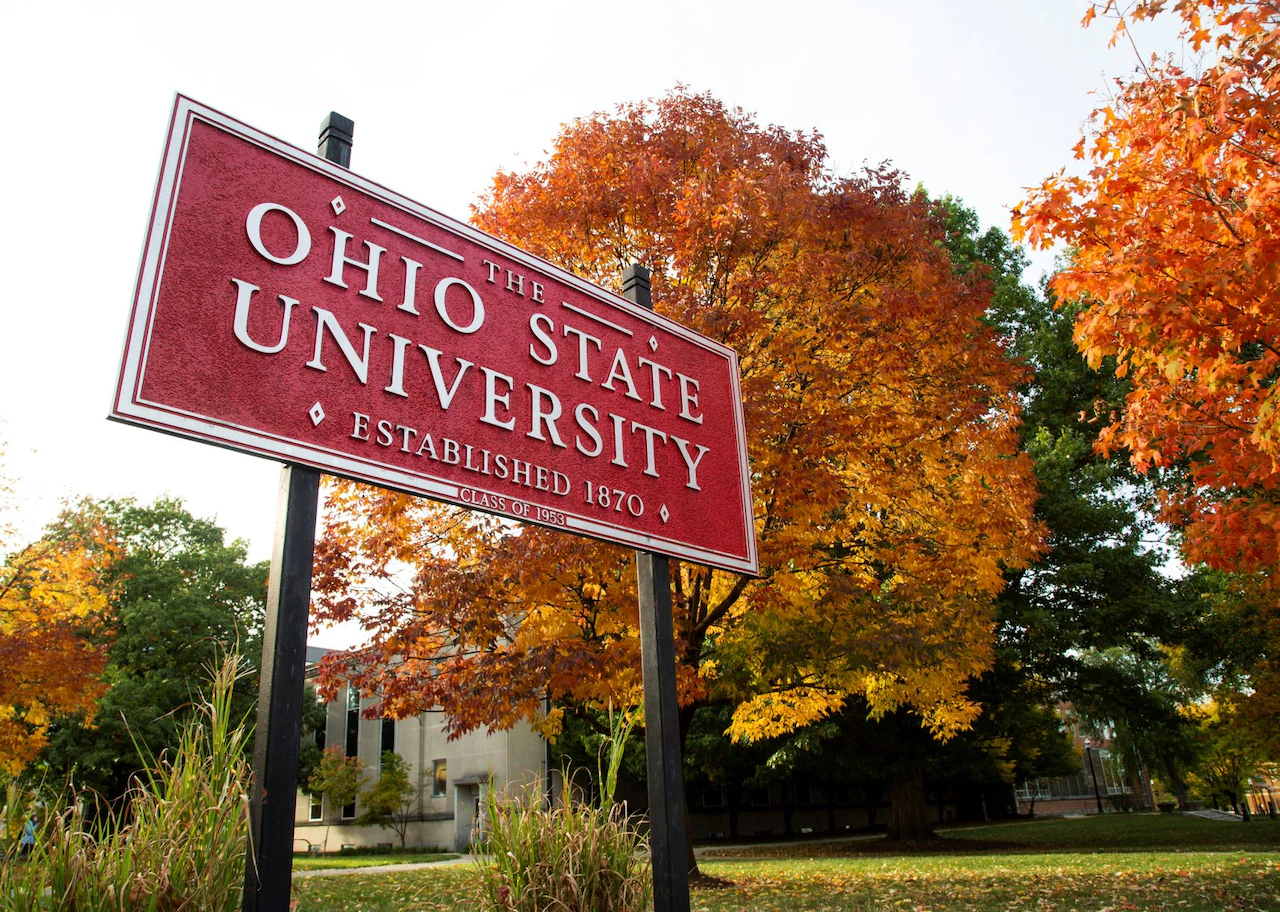By Joel O’leary
Copyright fool

Ever scroll through your bank statement and get sucker-punched by a random $35 overdraft fee?
You’re not alone. U.S. banks raked in over $12.1 billion in overdraft fees and non-sufficient funds fees last year. That’s billion with a B — and almost all of it came from small mistakes that could’ve been avoided.
If you’ve spotted even one overdraft fee on your recent statements, I’ll be honest: That’s a red flag. It’s time to ask whether your bank is truly working for you… or profiting off you.
Let’s break down what’s happening, and how to fix it fast.
What overdraft fees actually are
Here’s how it works: When your checking account balance dips below zero (even for just a moment) your bank covers the transaction but slaps on a fee. It’s basically a tiny loan… with a ridiculously high price tag.
Some banks even re-sequence your transactions from biggest to smallest to increase your odds of overdrafting. That sneaky move lets them stack multiple fees in one day.
Even if this only happens once or twice a year, it’s still a sign your bank is playing games.
Modern banks don’t charge you junk fees
In the last 10-20 years, fintechs and online banks have basically reinvented how we all handle banking day to day. And some of them have built entire business models around zero fees.
Because these banks don’t rely on expensive branches or old-school systems, the focus is on what really matters: great rates, no fees, and top-tier digital experiences.



